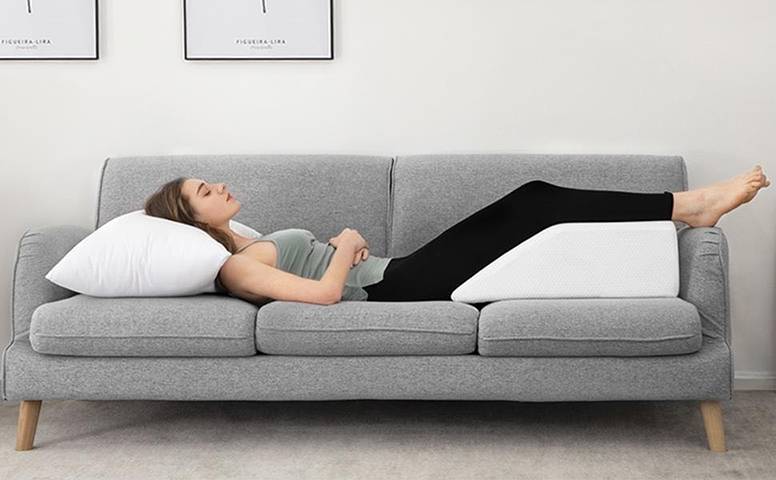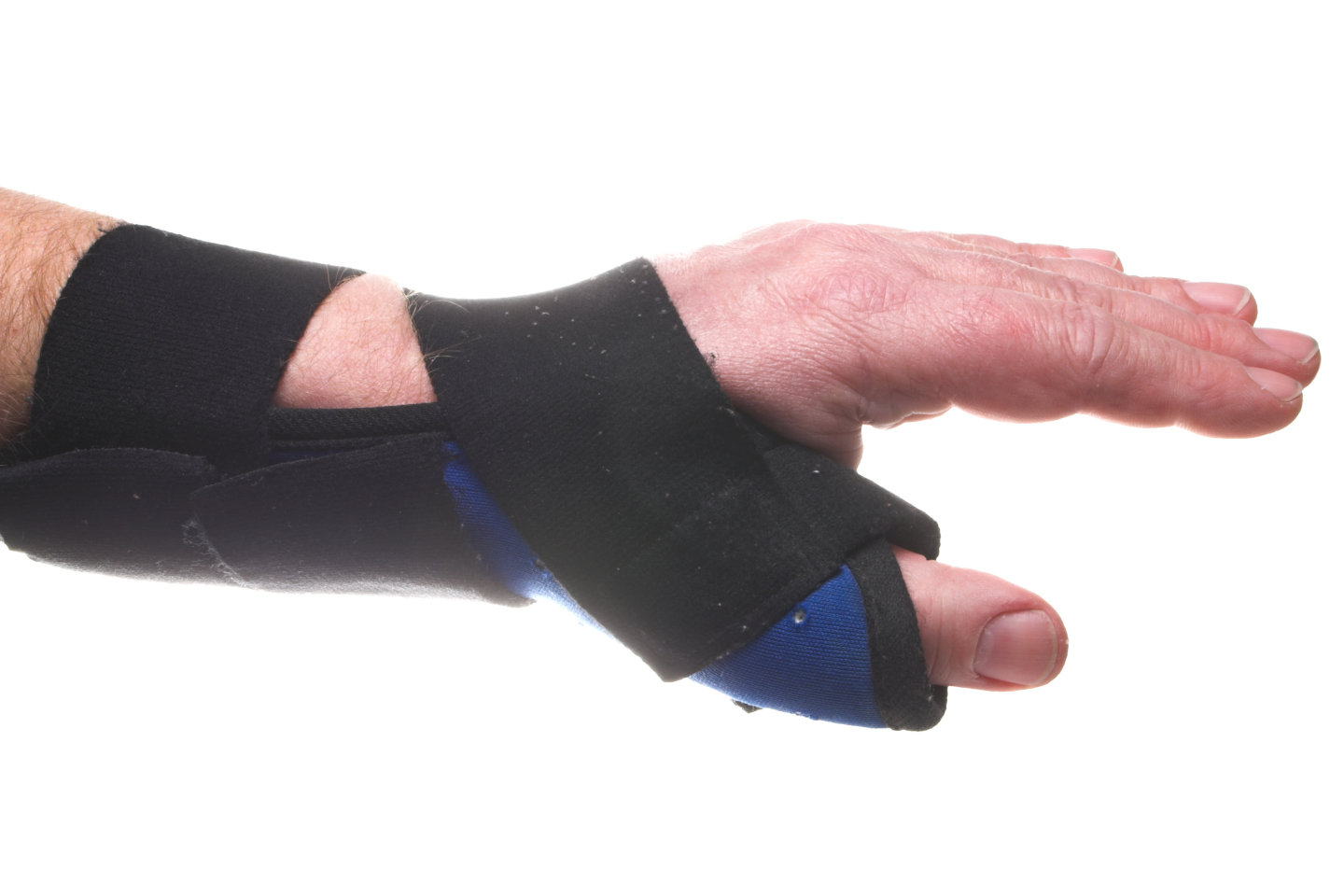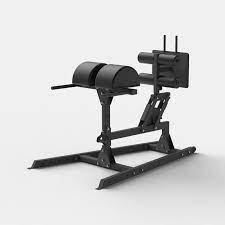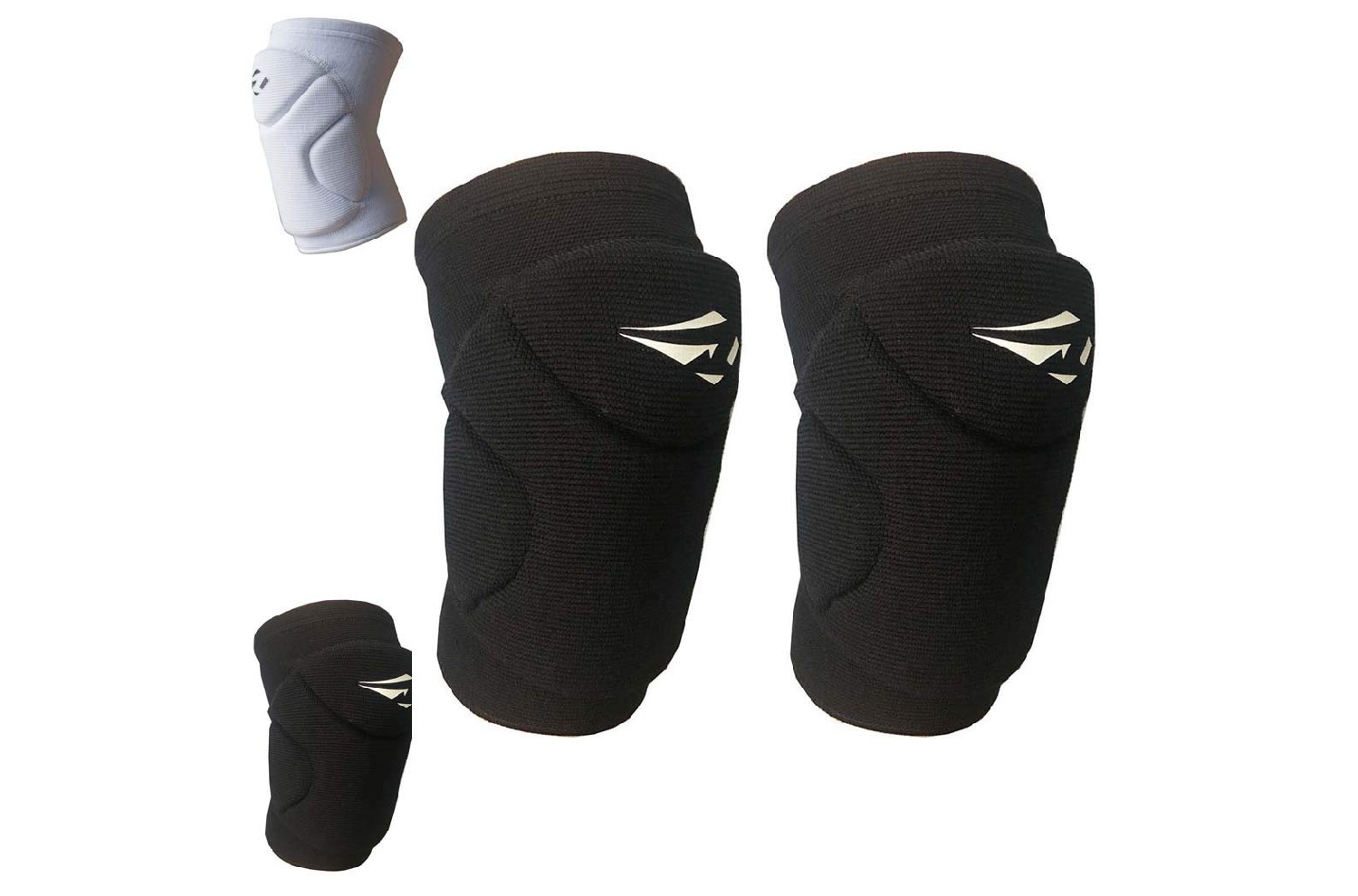Introduction
Peripheral Artery Disease (PAD) is a condition that affects blood flow to the limbs, most commonly the legs. It occurs when arteries narrow due to the buildup of plaque, reducing blood circulation. While PAD requires comprehensive medical management, small lifestyle adjustments can play a significant role in managing its symptoms and improving overall well-being. One often overlooked aspect is the impact of sleep posture on circulation. In this article, we delve into the relationship between sleep positions and PAD, guiding you toward the best sleeping position to promote blood flow and alleviate discomfort.
Understanding Peripheral Artery Disease
Before diving into the optimal sleeping position, let’s briefly understand the intricacies of Peripheral Artery Disease. PAD stems from atherosclerosis, where fatty deposits accumulate within arteries, restricting blood flow. This reduced circulation can lead to discomfort, pain, and in severe cases, even tissue damage and amputation. Since blood circulation is vital for healing and overall health, finding ways to enhance it becomes crucial for PAD patients.
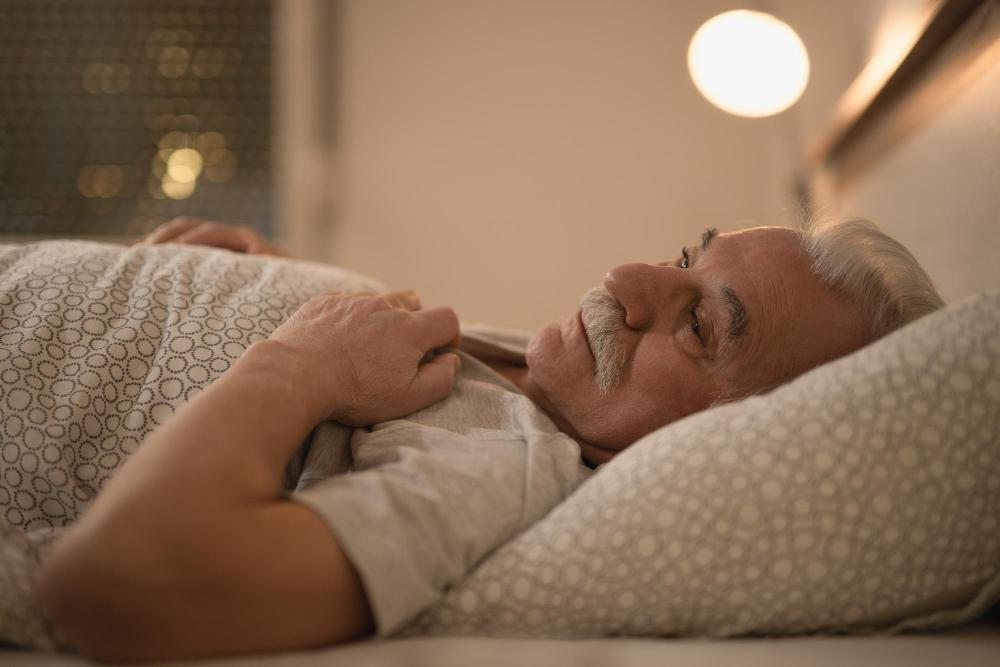
The Connection Between Sleep Positions and PAD
Believe it or not, sleep positions can have a considerable impact on blood circulation, particularly for those with PAD. When you sleep in certain positions, you might inadvertently compress blood vessels, exacerbating circulation problems. On the other hand, choosing the right sleeping position can help mitigate these issues.
Best Sleeping Position for PAD: On Your Back
Sleeping on your back is often regarded as the best position for individuals with Peripheral Artery Disease. This position has several benefits that can contribute to improved blood circulation:
Equal Distribution of Weight: Sleeping on your back distributes your body weight evenly across the mattress. This reduces pressure points on blood vessels and allows for better blood flow to your limbs.
Spinal Alignment: Back sleeping promotes proper alignment of your spine, which can alleviate nerve compression and encourage overall circulation.
Neutral Neck Position: Using a pillow that supports your neck’s natural curve keeps your head and neck in a neutral position. This helps maintain unobstructed blood flow through the neck and into the limbs.
Minimized Compression: Unlike sleeping on your side, back sleeping minimizes the compression of blood vessels in your arms and legs, thus reducing the risk of exacerbating circulation issues.
Tips for Comfortable Back Sleeping
Pillow Placement: To keep your head and neck adequately supported, use a pillow that suits your neck’s curvature. Avoid pillows that are too high or too flat.
Knee Support: Placing a pillow or cushion under your knees can help maintain the natural curve of your spine, further enhancing circulation.
Mattress Choice: Opt for a medium-firm mattress that provides ample support while contouring to your body’s shape.
Alternative Position: Side Sleeping
If sleeping on your back is uncomfortable or not feasible due to other health conditions, sleeping on your side is a reasonable alternative. However, there are specific considerations to keep in mind:
Proper Pillow Support: Ensure your pillow is thick enough to keep your head in line with your spine. Additionally, place a pillow between your knees to keep your hips aligned and minimize pressure on blood vessels.
Regular Position Changes: If you opt for side sleeping, remember to change sides periodically throughout the night. This prevents prolonged pressure on a single side of the body.
Positions to Avoid: Stomach Sleeping
Sleeping on your stomach is generally discouraged, particularly for individuals with PAD. This position can strain the neck, limit blood flow, and lead to discomfort. It also tends to exaggerate the natural curvature of the spine, potentially compressing nerves and blood vessels.
Conclusion
While sleep may seem like a passive activity, it has a profound impact on our health, particularly for individuals with conditions like Peripheral Artery Disease. Selecting the right sleeping position can contribute to improved blood circulation, reduced discomfort, and overall better quality of life. Back sleeping, with proper pillow support and knee alignment, is often the optimal choice. However, side sleeping with adequate adjustments can also be a viable option. Remember, consulting your healthcare provider for personalized advice tailored to your condition is always recommended. By making informed decisions about your sleep position, you can take a positive step toward managing PAD symptoms and enhancing your well-being.
